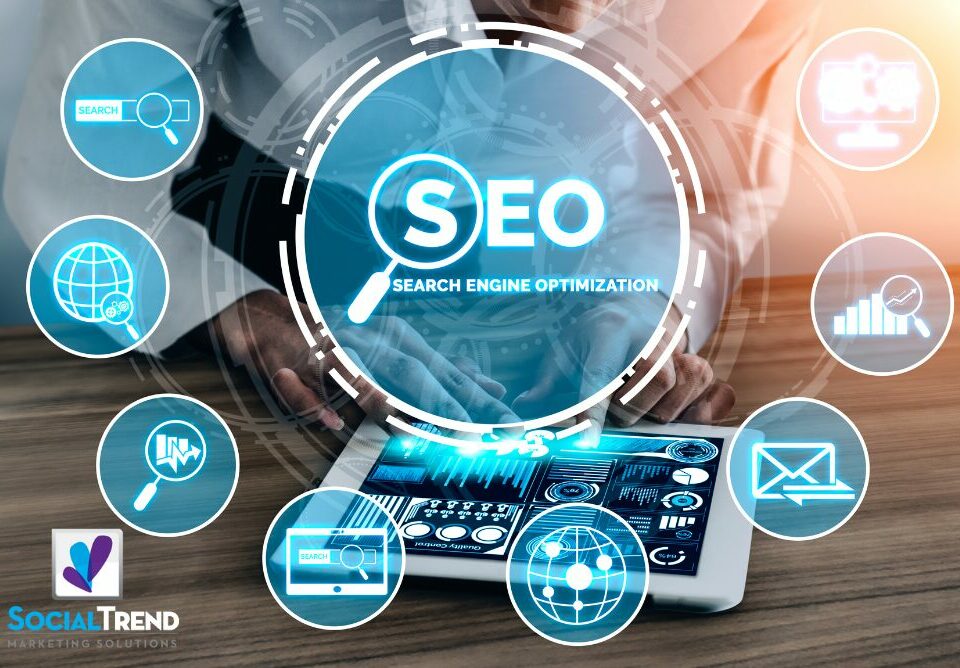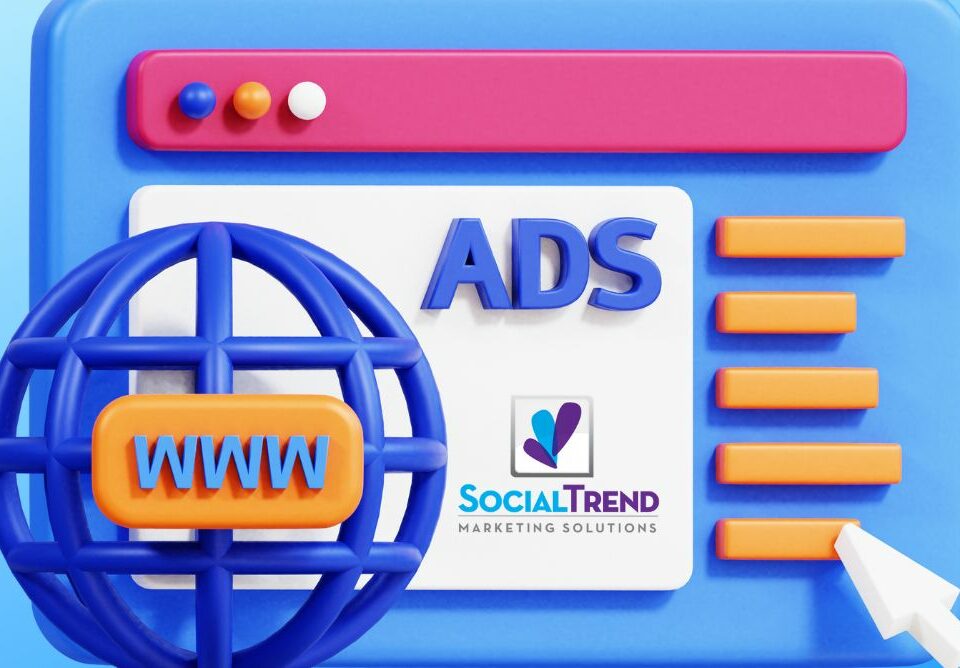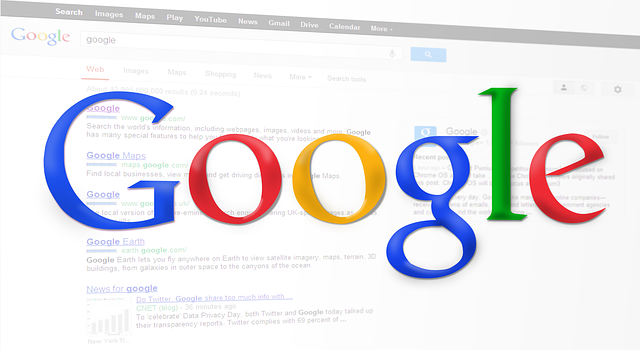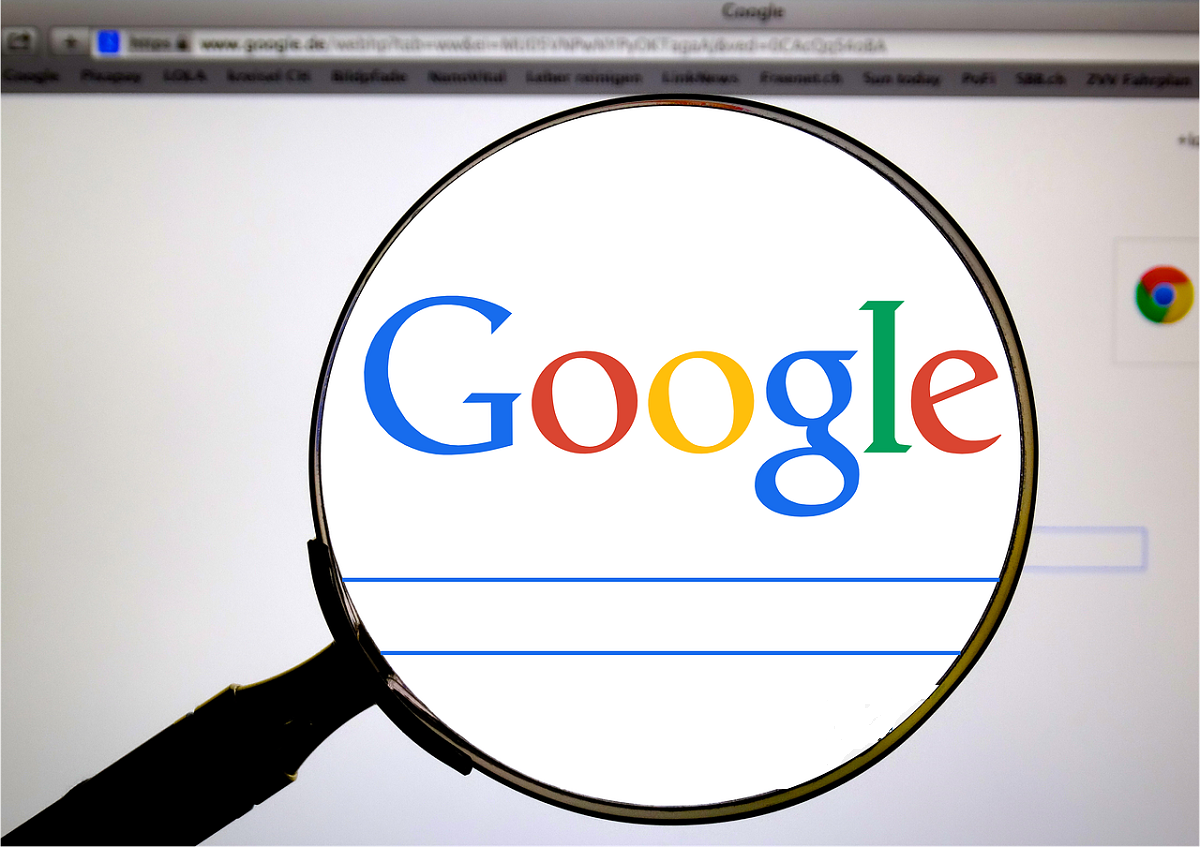
SEO: What is it? And does your business need it?

Facebook: The Next Level
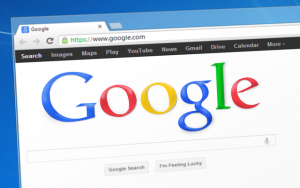 What is SEM? It depends who you ask. Some people view SEM or Search Engine Marketing as paying search engines to show an ad for your business in their search results when a user searches for keywords related to your business. Other people view SEM as an umbrella encompassing both Search Engine Optimization (SEO) and Pay Per Click (PPC). For purposes of this article, we are going to use the view that SEM is paying for advertisements to make your website more visible.
What is SEM? It depends who you ask. Some people view SEM or Search Engine Marketing as paying search engines to show an ad for your business in their search results when a user searches for keywords related to your business. Other people view SEM as an umbrella encompassing both Search Engine Optimization (SEO) and Pay Per Click (PPC). For purposes of this article, we are going to use the view that SEM is paying for advertisements to make your website more visible.
Recently we wrote a blog post on SEO, and while SEO and SEM are similar, they are not the same. They both use search engines to increase your business and can be very effective marketing tools for both consumer and B2B clients, but they have 2 different approaches. SEO is focused on increasing your rank in search engines based on their algorithms, while SEM means paying search engines to show your advertisement to particular users searching terms you have selected.
Here is an example of an advertisement in Google. We typed “Financial Advisor” into Google and you can see the top 4 results are all advertisements, indicated by the small green “Ad” square. It is hard to find a search term that doesn’t have an advertisement!
In order to be successful in today’s internet focused age, you must have a presence in search engines and SEM is a great way to get results. If your client base is mainly in the United States, then the two search engines you need to be focus on are Google and Bing. Within Google, their Pay-Per-Click (PPC) advertisements are called AdWords and within Bing, they are called Bing Ads.
Like SEO, you can try to run an SEM Campaign on your own, but it may be a bit daunting. Here are a few critical components to a successful to SEM campaign to help you get started:
Key’s to a successful SEM campaign:
 Compelling Ads – What makes your business unique? What key terms will connect with the users you want to attract? With these questions in mind, you must adhere to the word limit and image standard of the advertisements, while writing compelling, action-inducing ad copy with attention grabbing imagines. Google and Bing both have options for text only advertisements in addition to ads with images.
Compelling Ads – What makes your business unique? What key terms will connect with the users you want to attract? With these questions in mind, you must adhere to the word limit and image standard of the advertisements, while writing compelling, action-inducing ad copy with attention grabbing imagines. Google and Bing both have options for text only advertisements in addition to ads with images.
- Strategic Placement – Advertisements can appear in multiple locations outside in addition to the search engine results list. Depending on your business and targeted customers, these options can be very impactful or a waste of time and money. Determining the correct placements for your ad depends on your business and your goals for growth.
- Strong Website with individual landing pages – Your advertisement’s job is to create an action from potential new clients, usually a click to your website. Once that potential new client is on your site, you need to keep their attention and earn their business. Without a great website, that is both visually pleasing and content rich, with a clear call to action, you can potentially lose those clients you just worked so hard to get to your site. Conclusion being, without a well thought out website, with specific landing pages for the services/products you want to advertise, you will not be successful with SEM.
- Competitive Budget – Depending on your business and the terms you want to target, your budget will vary. With both Google and Bing, you pay per click, so you only pay when someone sees your ad and takes action, ie clicks on your website or calls your number. The cost for each click will vary depending on the competitors for each of those clicks. Some business sectors and geographies have highly competitive costs while others are extremely reasonable. Start with a monthly budget you are willing to spend and be prepared to make adjustments to that budget to be successful.
Search Engine Marketing is a path to extensive business growth for the majority of businesses today. Get started on your campaign today or call SocialTrend to discuss our ideas for your successful SEM campaign!


